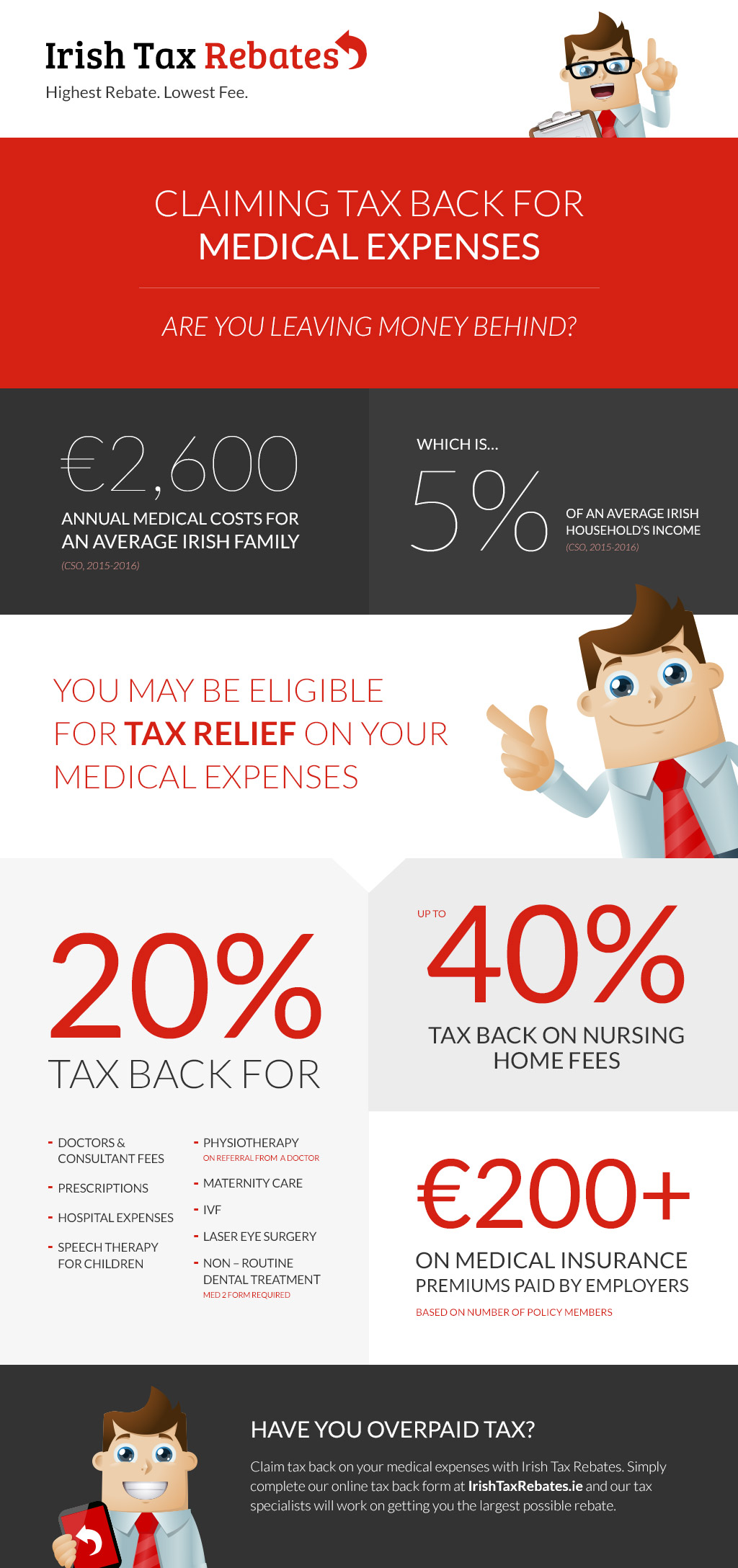The Extensive FAQ On Refractive Lens Exchange: Whatever You Must Know About
The Extensive FAQ On Refractive Lens Exchange: Whatever You Must Know About
Blog Article
Post Written By-Lundqvist Byers
If you're thinking about refractive lens exchange, you possibly have a lot of inquiries. This procedure might change exactly how you see the globe, using benefits like decreased dependence on glasses. Nonetheless, it's essential to comprehend the process, risks, and that certifies as a great candidate. Allow's check out these vital elements so you can make an enlightened choice regarding whether RLE is right for you.
What Is Refractive Lens Exchange and Exactly How Does It Work?
Refractive lens exchange (RLE) is a surgery developed to replace your eye's all-natural lens with a man-made one, correcting vision issues like nearsightedness, farsightedness, or presbyopia.
During the treatment, your surgeon makes a tiny cut in the eye, removes your all-natural lens, and inserts an intraocular lens (IOL) customized to your vision needs. This outpatient surgical procedure normally takes around 15 to half an hour per eye and is performed under regional anesthetic.
You'll likely discover renovations in your vision almost promptly, though full healing might take a couple of weeks. RLE is specifically advantageous for those over 40 or with high prescriptions, using a long-lasting option contrasted to glasses or contact lenses.
Your eye treatment expert can aid establish if RLE is right for you.
What Are the Perks and Dangers of Refractive Lens Exchange?
Selecting refractive lens exchange can bring about considerable improvements in your vision, but it's important to consider both the advantages and dangers prior to deciding.
On the plus side, this procedure can enhance your eyesight by correcting concerns like presbyopia, myopia, and hyperopia. Many clients enjoy decreased reliance on glasses or call lenses, which can substantially boost their quality of life.
Nevertheless, it's critical to consider potential threats. Complications can include infection, glow, or halos around lights.
There's additionally https://www.standardspeaker.com/hazleton-eye-specialists-offer-full-service-eye-care/article_4bca863b-cd27-541c-9111-a3d088eca2e2.html of overcorrection or undercorrection, which may require additional treatments.
That Is a Perfect Candidate for Refractive Lens Exchange?
If you're considering refractive lens exchange, it's important to know whether you fit the account of an optimal prospect. Usually, you might be a good prospect if you're over 40, experience presbyopia, or have high levels of nearsightedness or farsightedness.
It's also vital that your vision is stable, indicating your prescription hasn't changed dramatically in the past year. If https://deon-tien.blogbright.net/enlighten-yourself-on-vision-improvement-surgical-treatment-and-find-the-unforeseen-realities-that-might-change-your-view-on-living-without-glasses have cataracts or various other eye problems, you could benefit from this procedure as well.
Nonetheless, particular elements, like unchecked diabetic issues or autoimmune illness, can disqualify you. To identify your candidacy, speak with an eye care professional that can review your specific situation and advise the best course of action customized to your demands.
Conclusion
To conclude, refractive lens exchange can be a transformative option for boosting your vision, particularly if you're over 40 or have a high prescription. While the benefits are considerable, it's vital to weigh the threats and seek advice from your eye treatment specialist to identify if you're an ideal prospect. With the ideal info and assistance, you can make a notified decision and potentially enjoy a life with decreased reliance on glasses.
